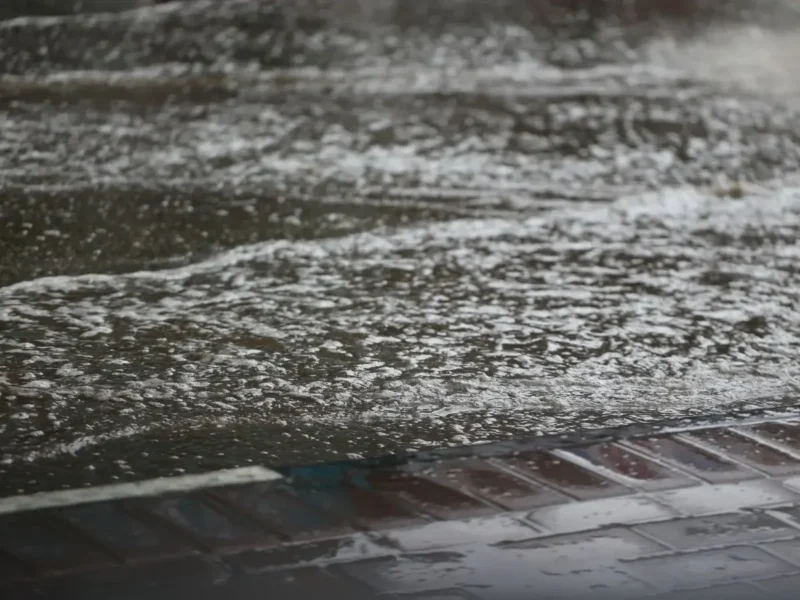Road runoff pollution is a hidden but significant threat to our rivers. Find out how this overlooked issue is damaging.
Air pollution caused by our busy roads has been at the forefront of our concerns for many years, but water pollution caused by road runoff is seriously damaging our water supply.
Road runoff pollution is caused by the buildup of oil, petrol and diesel spills, and the wearing of brakes and tyres. This residue accumulates on road surfaces during dry spells, and is washed off during periods of heavy rainfall. This extreme weather, caused by the effects of climate change, flushes the pollutants into rivers and waterways through drainage systems.
Road runoff pollution is one of the biggest causes of damage to our waterways in large cities. According to the Environment Agency, our urban transport infrastructure is responsible for 13% of water quality damage.
Studies have found over 300 harmful pollutants, including heavy metals, in road runoff, which can kill aquatic wildlife and even cause harm to human health as they find their way into drinking water. If this happens, water sources must be carefully tested and the pollutants cleaned up, which can be expensive and time consuming.
Climate change will only intensify this problem. Longer dry spells allow pollutants to build up and heavier rainfall intensifies the quantity of pollutants entering rivers. Locating the areas where pollution enters rivers can be difficult, but there are long-term solutions that can help to alleviate the damage.
Increasing or creating wetland and vegetated areas close to roads can provide natural filters for road runoff pollution, reducing the pollutants that reach rivers and streams. These sustainable drainage systems (SuDS) areas also help to improve biodiversity, absorb air pollution, and reduce flood risk.
In order to design these wetlands and vegetated areas, a knowledge of the potential runoff flows and water quality is required. To provide this information, flow-load surveys should be carried out, such as those provided by EMS. The surveys need to be conducted over a period of time that includes various weather events such as storms and extended periods of low intensity rainfall. Our flow-load surveys include flow measuring devices, which activate automatic samplers when there is a flow during rainfall events with associated runoff. The collected samples can then be analysed to determine the nature and quantity of pollutants the SuDS systems have to be designed to treat.







